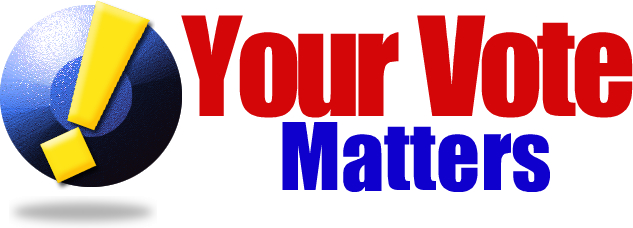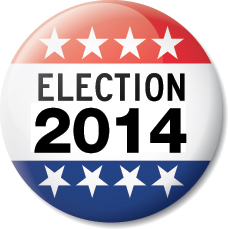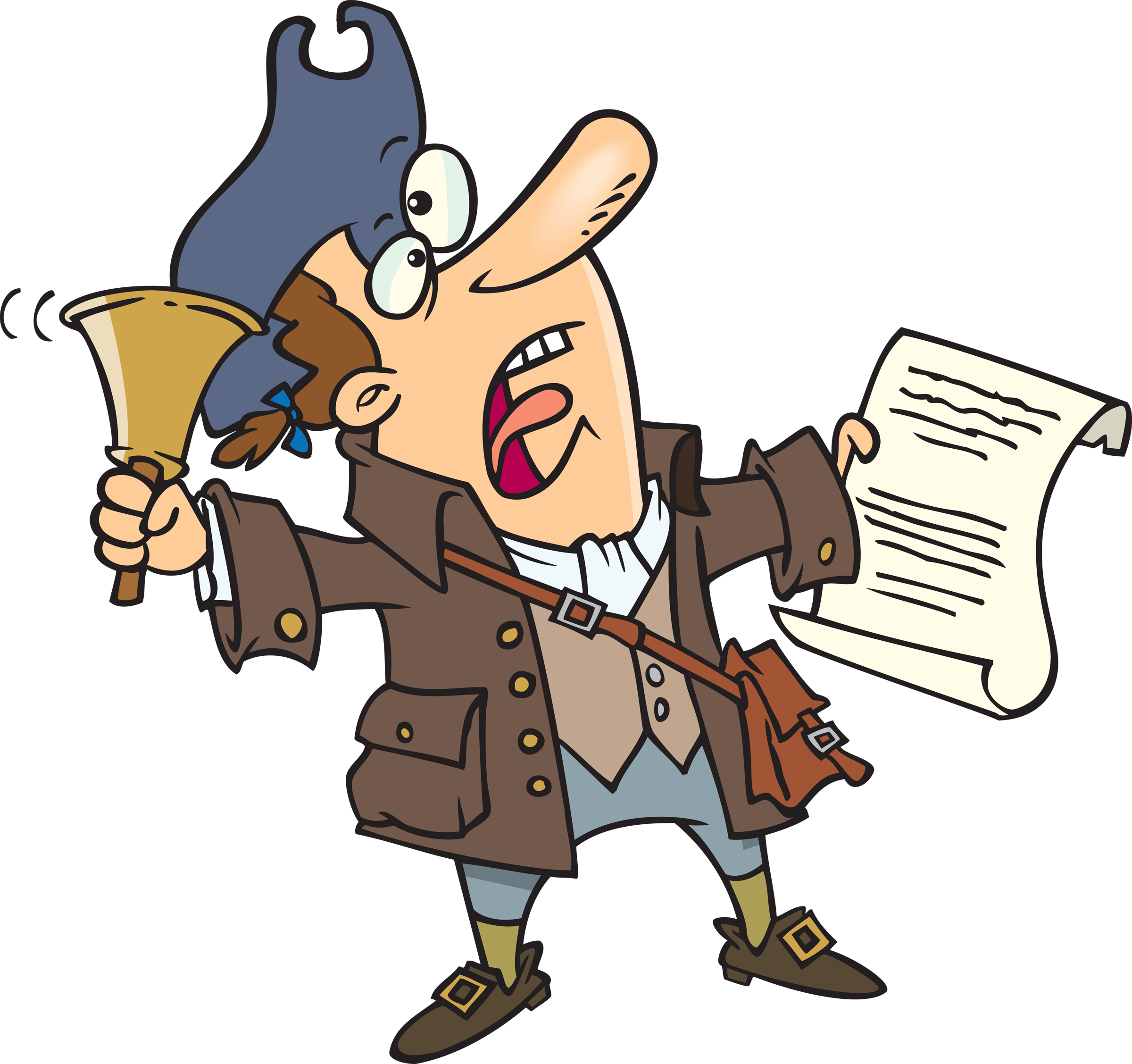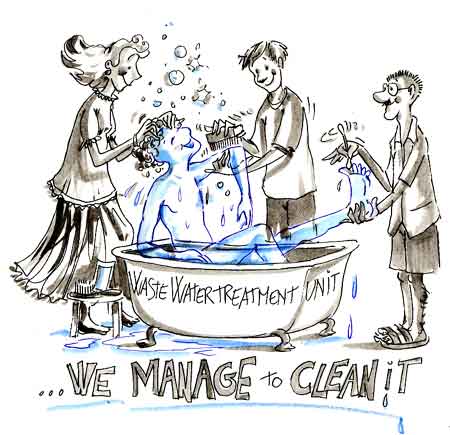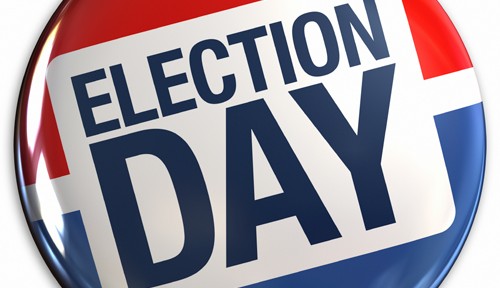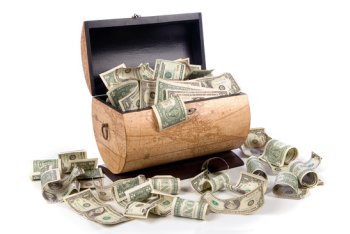I received a flyer in the mail from “Citizens for Better Williamson County Transportation/2013.” If you live in Williamson County, you probably received one also. What grabbed my attention were the big, bold letters: WILL NOT RAISE OUR TAXES!
It’s time for a reality check. The development and maintenance of roads and parks costs money. I think we can all agree on that. Public roads and public parks are most likely going to be paid for with the public’s money. I think we can all agree on that, too. Now where’s that money going to come from? Probably from your taxes, agreed? So how can they say that these projects will not raise our taxes?
Before we go further, let’s look at bonds. A bond is essentially a promissory note that governments issue to buyers in exchange for cash up front . Bonds are sold in auctions. The buyer can expect repayment plus tax free interest according to the terms of the bond agreement. Sweet deal for them, especially considering they get the money for almost nothing from the Federal Reserve (which is not federal at all but a consortium of privately-owned banks). Where does the money come from to repay those bonds plus interest? You got it! The payments come from your taxes. Learn more here: Bonds
It is misleading to say that our taxes will not be raised. The flyer says, “by selling the road bonds incrementally over the next two years and leveraging the debt we have paid off, there will be no increase in the tax rate.”
What they mean by “leveraging the debt we have paid off” is that we will add new debt as we pay off old debt. So, instead of your taxes going down, they remain the same. It’s like constantly adding new charges to a credit card at the same time as you pay it down. You will never get it paid off and way too much of your payment is going to interest. The only people that benefit from interest payments are the big banks (and corporations owned or controlled by big banks) that buy and sell municipal bonds. If the county’s old debt was paid off, then the money that had been going to that debt service could either be returned back to the citizens in the form of reduced taxes (don’t hold your breath) or it could be used to begin building up a fund to pay for future projects. Those projects could be paid for with money that we are not having to pay interest upon. Now there’s a radical concept.
We have a debt-based economy. It doesn’t have to be that way but that, like the Federal Reserve, is a much larger topic. Let’s just stick to the immediate issue. I have a few concerns about the current campaign to put us further into debt to build or improve county infrastructure.
First, the flyer includes the Williamson County logo, such as you may have seen on official press releases from the county, which I have posted on this site. However, the flyer is not from the county but from an advocacy group. Who are these “citizens?” Take a look at who has donated money to the campaign and you will get the idea. Take a look at this Campaign Finance Report. It looks to me as though many of the principal contributors are the kinds of people and companies who might benefit from large construction projects. Many are not even residents of Williamson County. Maybe they really are well-meaning citizens — I’m not saying they aren’t — but it doesn’t smell right to me.
Second, I found this little gem on the Wilco website: 2013 Road and Park Bond Election
“The estimated costs, proposed locations, proposed projects and proposed descriptions listed represent possible uses of such bond proceeds. The actual projects constructed with bond proceeds are subject to change based on future economic, market and other conditions.”
So you think you’re voting for one thing but the county can spend it on something else if it so chooses. I don’t know about you but if I am committing myself to future debt for specific purposes, I want to know it is going to those purposes.
Third, the county is sitting on enough money to significantly reduce the county debit. Prepare for an education about local government finances.
Most people only see the “Popular Annual Financial Report” (PAFR) issued by various governments. The Williamson County PAFR is short (24 pages) and is designed to highlight all the positive news without divulging the details — wherein the Devil is said to reside.
The real information is in the “Comprehensive Annual Financial Report” (CAFR), which is 194 pages and contains a full disclosure of government finances. I’m not an accountant but I can read and I know a little bit about how local government functions so I scanned through it. You can too.
Click on the links to see the PAFR and the CAFR for Williamson County for the fiscal year (FY) that ended on September 30, 2012 (the most recent year that has been audited). Here are a few interesting tidbits:
- The recommended general fund balance is at least 30% of budgeted expenditures but at the end of FY 2012, the county had $73.8 million or 63% of budgeted expenditures for that year, so it’s not hurting for operating cash.
- The county has investments (stocks, bonds, etc) that are not part of the general fund but which are “unassigned,” meaning they aren’t obligated to any specific purpose. At the end of FY 2012, the county’s total unassigned fund balance was just over $365 million.
- The county’s long term liabilities (debt) total almost $855 million. That’s awful close to a BILLION dollars of debt already.
- The county is paying interest on that debt in amounts ranging from 3% to 5.75%. That means the county is paying something north of about $36 million each year in interest before even touching the debt principal.
So what’s the bottom line (pun intended)? I look around and see county roads in need of maintenance. $36 million dollars would fill a lot of potholes but that money belongs to the big banks. It’s time for government to live like the rest of us. Start paying down the debt, don’t add new debt, maintain and expand roads and parks as best as you can but throw off the yoke of debt servitude as quickly as possible. I’m sure there is a bit of fat that can be trimmed here and there to make county government more lean.
 It’s time to wean the government from living on debt. It will cry. That’s part of the weaning process. We may not be able to do anything about Washington D.C.’s addiction to debt (without staging massive acts of civil disobedience, that is) but we can do something about what goes on in our local governments. On November 5, send a clear message: NO MORE DEBT!
It’s time to wean the government from living on debt. It will cry. That’s part of the weaning process. We may not be able to do anything about Washington D.C.’s addiction to debt (without staging massive acts of civil disobedience, that is) but we can do something about what goes on in our local governments. On November 5, send a clear message: NO MORE DEBT!
